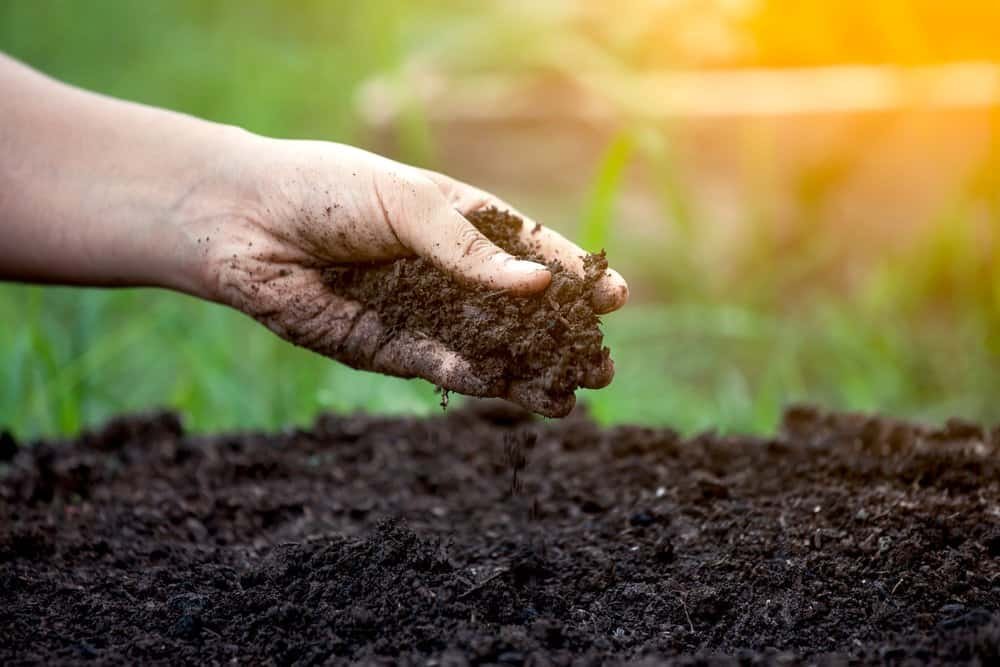Introduction
Composting is one of the most effective ways to improve the health and vitality of your garden. By recycling organic waste into nutrient-rich compost, you can significantly enhance soil structure, boost plant growth, and contribute to a more sustainable environment. At Soil Matters, we are committed to promoting sustainable gardening practices. This ultimate guide will show you how to use compost to enrich your soil and promote robust plant health.
What is Compost?
Compost is decomposed organic matter created from kitchen scraps, yard waste, and other natural materials. Through the action of microorganisms, fungi, and invertebrates, these materials break down into a rich, dark substance that gardeners often refer to as “black gold” due to its incredible benefits for soil and plants.
Benefits of Using Compost
- Improves Soil Structure: Enhances the soil’s ability to retain moisture and nutrients while promoting good drainage.
- Increases Nutrient Content: Supplies essential nutrients such as nitrogen, phosphorus, and potassium to plants.
- Enhances Water Retention: Helps soil retain moisture, reducing the need for frequent watering.
- Supports Soil Microorganisms: Promotes a healthy soil ecosystem, encouraging beneficial microbes and earthworms.
- Reduces Waste: Diverts organic waste from landfills, reducing methane emissions and lowering your carbon footprint.
Step-by-Step Guide to Using Compost
Step 1: Make or Source Compost
- Homemade Compost: Start your compost pile or bin by collecting kitchen scraps (fruit and vegetable peels, coffee grounds, eggshells) and yard waste (leaves, grass clippings). Maintain a balance of green (nitrogen-rich) and brown (carbon-rich) materials to facilitate proper decomposition.
- Commercial Compost: Purchase compost from garden centers or local composting facilities if you don’t have the time or space to compost at home. Ensure it’s high-quality and free from contaminants.
Step 2: Prepare Your Garden Bed
- Remove Weeds: Clear the garden bed of weeds and debris to prevent competition for nutrients.
- Loosen Soil: Use a garden fork or tiller to aerate and loosen the soil, improving its structure and facilitating root growth.
Step 3: Apply Compost to Your Garden
- Top Dressing: Spread a 1-2 inch layer of compost over the soil surface around existing plants. This method allows the compost to gradually integrate into the soil through rainfall and watering.
- Soil Amendment: For new garden beds, mix 2-4 inches of compost into the top 6-12 inches of soil. This thoroughly enriches the planting area and boosts soil fertility.
- Mulching: Apply a thick layer (2-4 inches) of compost as mulch around plants. Mulching helps suppress weeds, retain moisture, and regulate soil temperature.
Step 4: Compost Tea
- Brewing: Create compost tea by steeping compost in water for several days. This liquid extract is packed with nutrients and beneficial microorganisms.
- Application: Use compost tea as a foliar spray or soil drench to provide an immediate nutrient boost and enhance plant health.
Step 5: Using Compost for Specific Plants
- Vegetables: Apply compost to vegetable beds before planting and as a top dressing throughout the growing season. This promotes healthy growth and bountiful harvests.
- Flower Gardens: Incorporate compost into flower beds to improve bloom quality and plant vigor. Regular top dressing can maintain soil fertility.
- Lawns: Spread a thin layer of compost over your lawn to enhance soil structure, increase water retention, and promote healthy grass growth.
- Trees and Shrubs: Apply compost around the base of trees and shrubs. This provides a slow-release source of nutrients and improves soil health over time.
Tips for Successful Composting
- Maintain Balance: Ensure a good mix of green and brown materials to create the ideal conditions for decomposition.
- Aerate Regularly: Turn your compost pile regularly to introduce oxygen and speed up the composting process.
- Monitor Moisture: Keep the compost pile moist but not waterlogged. The consistency should be similar to a wrung-out sponge.
- Be Patient: Composting takes time. Depending on the method and materials, it can take several months to a year for compost to fully mature.
Conclusion
Using compost is a powerful way to enhance your garden’s soil and plant health while promoting sustainability. Whether you make your own compost or purchase it, incorporating this “black gold” into your gardening routine can yield impressive results. At Soil Matters, we encourage everyone to embrace composting as part of their sustainable gardening practices.
For more tips on sustainable gardening and composting, visit Soil Matters and explore our resources on eco-friendly living.


